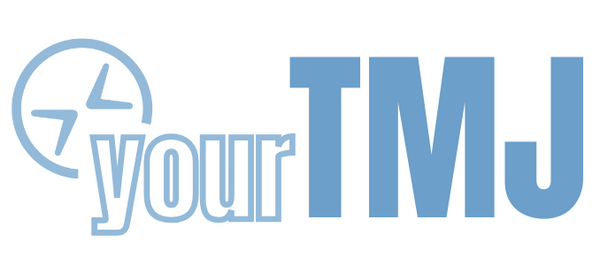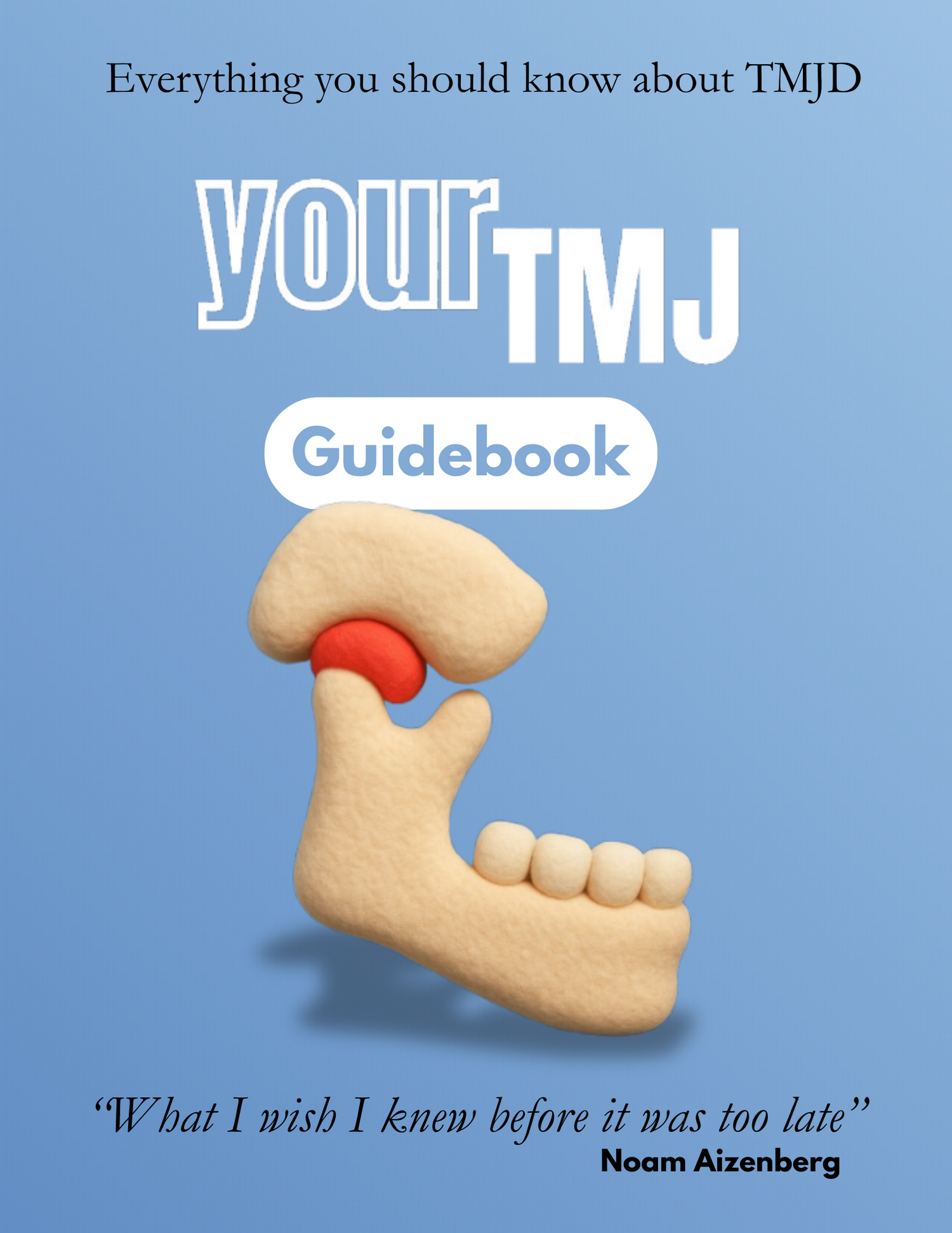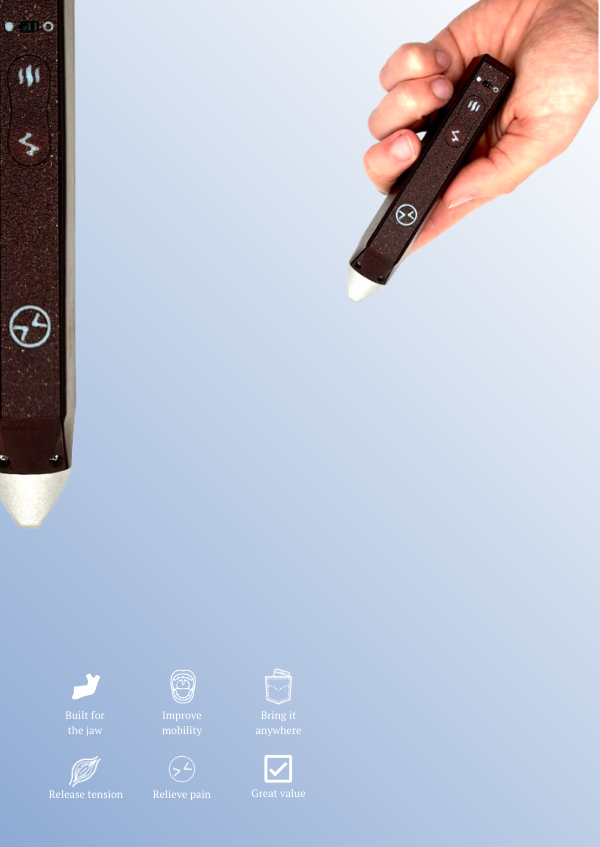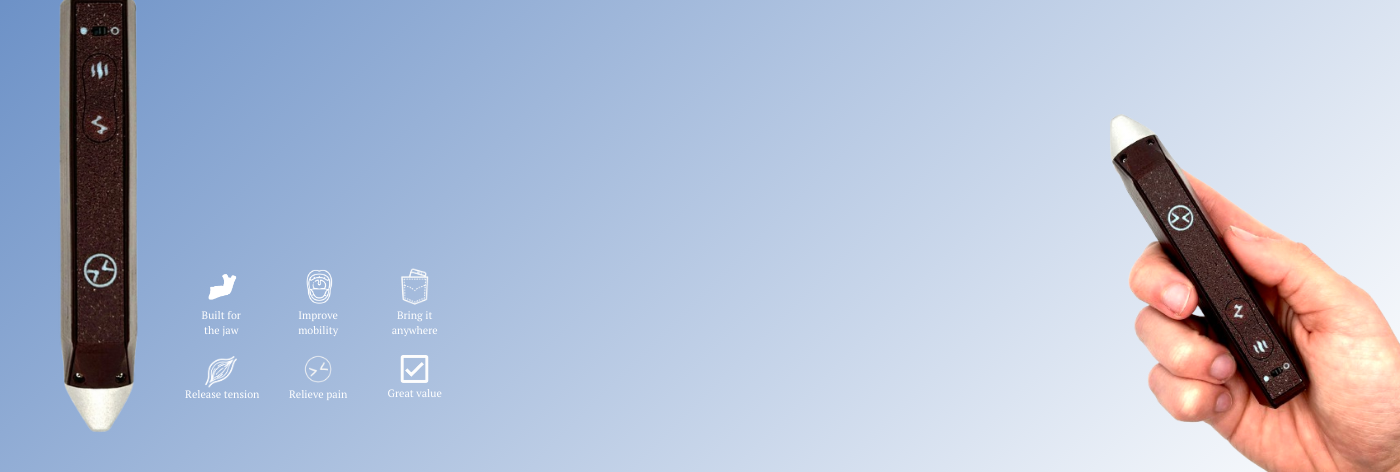What is TMJ Disorder?
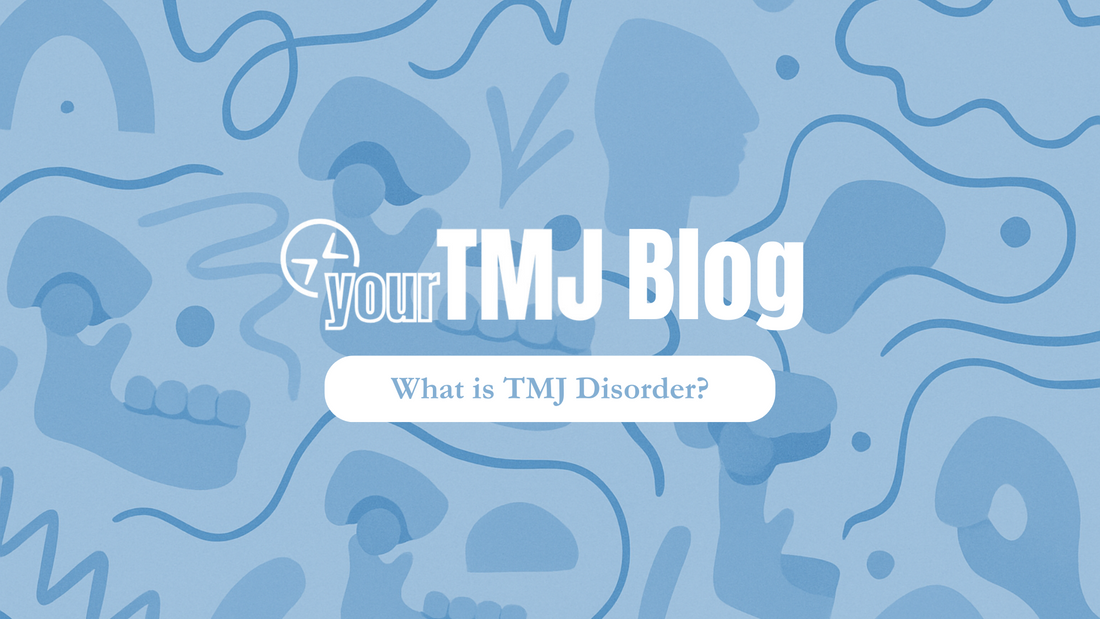
TMJ Disorder, often abbreviated as TMD, is one of those conditions that sounds simple at first but gets incredibly complicated the deeper you go. It refers to any dysfunction in the system that controls your jaw. That includes the jaw joints themselves, the muscles around them, the ligaments that hold things in place, the nerves that run through the area, and even the way your teeth fit together.
So while some people experience mild clicking and occasional discomfort, others deal with daily jaw pain, headaches, locked jaws, and strange ear symptoms like pressure or ringing. All of that can fall under the umbrella of TMJ Disorder. And unfortunately, it’s often misunderstood, misdiagnosed, or brushed off entirely by the healthcare system.
In this article, we’ll break down what TMJ Disorder really is, what causes it, what symptoms to look out for, and why it’s such a confusing condition to treat. If you want a full breakdown of all the research, causes, and at-home treatment steps, be sure to check out the free 76-page guidebook linked at the end.
What Exactly Is the TMJ?
Your TMJ (temporomandibular joint) is the hinge that connects your lower jaw to your skull. You’ve got one on each side of your face, just in front of your ears. It’s the most used joint in the human body and the only one that’s mechanically linked to its counterpart on the other side. That means when one TMJ moves, the other has to as well. Which is why dysfunction rarely stays isolated to one side.
This joint isn’t a simple hinge either. It rotates and slides. That’s how your jaw can open wide, shift side to side, and move forward when needed. Inside each joint is a small disc that cushions and guides the motion. But like any complex system, there’s a lot that can go wrong.
What Goes Wrong in TMJ Disorder?
TMJ Disorder isn’t one single thing. It’s a catch-all diagnosis for dysfunction in the jaw system. Some of the more common root causes include:
-
Muscle tension or spasms
-
Disc displacement inside the joint
-
Degeneration of joint tissue (like arthritis)
-
Overuse or chronic clenching
-
Poor posture or jaw positioning
-
Airway and breathing issues
-
Bite imbalances
-
Facial development issues (like narrow palates or recessed jaws)
What makes things worse is that these issues often feed into each other. For example, poor posture can force the jaw joint backward, which pushes the disc forward and compresses the nerves behind it. Continued retraction of the jaw can lead to a weakening of some jaw muscles, which makes it even harder to keep your jaw in the correct spot, leading to further joint compression. Over time, things may and often do improve. But they may also spiral into chronic pain, joint damage, and limited range of motion.
Common Symptoms of TMD
TMJ Disorder can present in a wide range of symptoms. Some are obvious, others sneak up on you. Here are some of the most common:
-
Jaw pain or soreness (especially near the ears)
-
Clicking or popping sounds when opening the mouth
-
Locked jaw (open or closed)
-
Headaches (especially tension-type)
-
Ear pain, pressure, or tinnitus
-
Pain while chewing, speaking, or yawning
-
Muscle tightness in the face or neck
- Asymmetric or limited mouth opening
-
Uneven bite or feeling like your teeth don’t line up
Not everyone has every symptom. And not every symptom means you have TMD. But if you’re experiencing a mix of these, and especially if they’ve been getting worse, it’s worth digging deeper.
Why It’s So Hard to Treat
The problem with TMJ Disorder is that it doesn’t fall cleanly into any one medical specialty. Dentists often focus only on the bite. Orthopedic doctors don’t touch the face. ENTs look at ears, but not jaws. And many general doctors simply aren’t trained to recognize the connections between posture, muscles, nerves, and joints in the head and neck.
That’s why so many patients end up bouncing between providers, trying night guards, pain meds, and massages without ever getting a clear explanation of what’s actually wrong. In reality, true healing usually comes from understanding the entire system—anatomy, posture, airway, joint mechanics, muscle tension, and habit patterns—and slowly addressing the root causes while managing symptoms along the way.
Next Steps
If you’re trying to figure out what’s going on with your jaw, and how to actually fix it, I put together a free 76-page guidebook that covers everything in detail. It includes breakdowns of the anatomy, the root causes, and the exercises and postural changes that actually work. There are even diagrams and videos to walk you through things step-by-step.
Most importantly, it’s honest. This stuff isn’t simple, but it is fixable. The more you understand what’s really happening in your jaw, the easier it’ll be to take back control of your symptoms.
Get the full guidebook below and start figuring it out for yourself.
